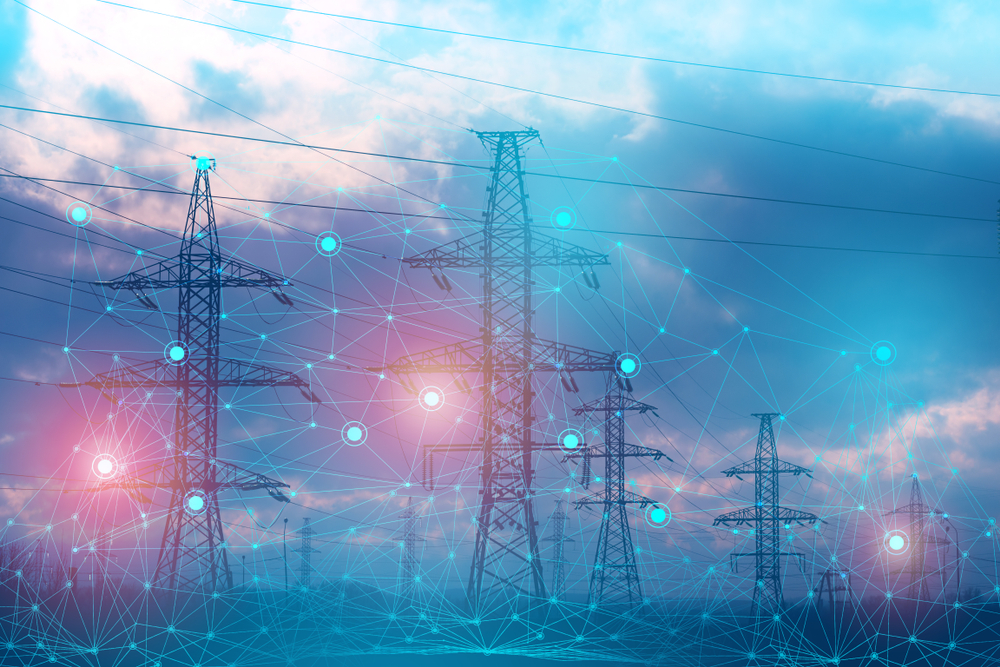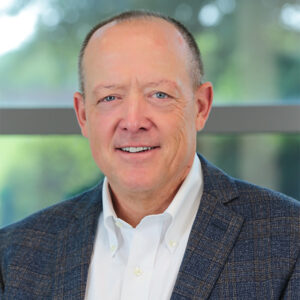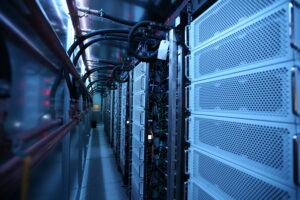In late January, I joined my Compu Dynamics teammates in Honolulu, HI, for the Pacific Telecommunications Council (PTC) Annual Conference (PTC’24). As I wrote in a previous article in advance of the conference, this was my first time traveling to PTC, and I was genuinely excited to be among some of the world’s leading telecommunications and data center thought leaders at a time of significant change and new challenges in the data center industry.
What I discovered in my all-too-short time in Hawaii was that my excitement was certainly warranted and justified – this truly is a time of transformative change in the industry. But what was driving that change – and the impact that it is having on the industry – may be somewhat surprising to our readers.
Unfortunately for those who are late to the party, power has become a real limiting factor for new data center projects. Even if there is a massive demand signal for additional data center space in a region, there may not be enough power…
During my time at the conference, I had many engaging and stimulating conversations with individuals who work for hyperscalers and colocation providers. Sometimes these interactions were long discussions at networking events, and in other instances, they were short chats during arbitrary elevator rides. But nearly all of them focused on one topic – the availability of power.
The rising power problem
The introduction of advanced technologies such as artificial intelligence (AI) and machine learning (ML) has led to increased rack power densities and demands for more power to the envelope. The sheer size of new data center campus developments exacerbates this power problem.
It seems as though every new data center campus announcement is larger than the last one. In fact, we were recently told by one cloud provider that they would love to find a single spot in the U.S. with 3 GW of power available – which simply does not exist today.
Unfortunately, power is one of those things that data center owners and operators – whether they’re colocation providers or hyperscalers, themselves – simply can’t control. Either there is enough energy generated and distributed through local power grids to power new data centers, or there isn’t. And that power is often “first come, first serve.”
We’ve witnessed that – in many hot data center markets – the first data center owners and operators to the table are the ones that get access to power first. These are often the largest of the hyperscalers. From there, all other data center owners and operators – including many colocation providers – that choose to build data centers in that market find themselves scraping by on what’s left.
…the lack of available energy that we’re seeing across the country has resulted in power becoming a much more important consideration in the market selection process than ever before.
Unfortunately for those who are late to the party, power has become a real limiting factor for new data center projects. Even if there is a massive demand signal for additional data center space in a region, there may not be enough power being generated or distributed through local power grids to support new data center construction. This results in new data center projects either being delayed or underpowered until the energy problem can be remedied.
This power problem is starting to have a profound impact on the way that data center owners and operators do business. Hyperscalers and colocation providers now have to be much more cognizant of power availability and the state of energy grids than they ever used to be. And that has dramatically reshaped the calculus around site selection.
A new site selection equation
For years, the data center site selection process for hyperscalers and colocation providers was dominated by two big, important questions:
- Is there a large enough demand signal for my services or solutions in this region to justify the construction of a new data center?
- Are large parcels of available and affordable land present in an area that can be turned into a data center?
After those two questions came a myriad of other, more minor site selection considerations. Was there adequate connectivity? Was there access to affordable and renewable energy? Were there favorable government regulations and tax incentives in place designed to encourage data center construction?
These considerations were all important in their own right, but the process started with the demand signal and land availability.
However, the lack of available energy that we’re seeing across the country has resulted in power becoming a much more important consideration in the market selection process than ever before. Energy availability has effectively “shifted left” in the site selection process.
During my time at PTC’24, I had a very interesting site selection conversation with a data center decision-maker. According to this individual, his organization had begun identifying new data center markets by tracing the path of Union Pacific Railroad tracks across America. Fiber lines have supposedly been laid along those tracks, and every place where those fiber lines intersect a metro area with adequate energy availability, that area is considered a prime candidate for a new data center campus.
This shows just how significant the power problem has become and how impactful the lack of available energy is on the data center industry. But what can be done about it?
Few answers, for now
Hyperscalers and colocation providers will still want to build data centers in established data center markets – even if those markets are experiencing power limitations. However, these data center owners and operators won’t want to have their projects delayed or have them be underpowered.
Unfortunately, I heard very few viable solutions to this problem in my discussions with other data center thought leaders at PTC’24.
One solution I heard mentioned repeatedly at the conference was the small modular reactor (SMR). These are effectively small nuclear reactors that can be installed within the data center campus to deliver additional energy to power equipment. These small reactors operate independently of the local power grid and can provide significant power with a very small carbon footprint.
…the best option available for many data center owners and operators today is simply to find a way to temporarily power their data centers while the local power grid and infrastructure catch up.
There are mixed feelings within the data center industry about the SMR concept. Many doubt that local communities will accept the use of even small nuclear reactors on data center campuses that are located close to residential neighborhoods. Concerns about cost, availability, and effectiveness could ultimately keep SMRs from ever seeing wide adoption in the data center industry.
Other companies are working to develop hydrogen power solutions that could help power data centers, but many of these are in the early stages. This means that the best option available for many data center owners and operators today is simply to find a way to temporarily power their data centers while the local power grid and infrastructure catch up.
We’re seeing several companies emerging – including one called Life Cycle Power – that offer data center owners and operators what some in the industry call “bridging power.” These companies construct small, independent power grids often fueled by natural gas that provide reliable power to locations where energy infrastructure is unavailable, inadequate, or unreliable.
Companies like Life Cycle Power can provide data center owners or operators with turnkey power generation solutions capable of helping them meet their energy requirements in the short term. These solutions effectively build an energy “bridge” until the local power grid and energy generation can be scaled to meet increasing demand.
Bringing it home
PTC’24 was an eye-opening experience that gave me an incredible and unique opportunity to share ideas and have in-depth conversations with some of the most influential minds in the data center industry.
The introduction of advanced technologies such as artificial intelligence (AI) and machine learning (ML) has led to increased rack power densities and demands for more power to the envelope.
What seemed to be “top of mind” for many of these individuals was the lack of available energy to power the advanced AI data centers of tomorrow. This profound concern fundamentally reshapes basic processes in the data center industry – including site selection. But, unfortunately, there are few viable solutions today.
I look forward to working closely with other leaders in the data center industry as they navigate this challenge and work to find viable solutions. It’s one of the first, impactful challenges this industry has faced in its short history, but one that I’m confident it can overcome.









